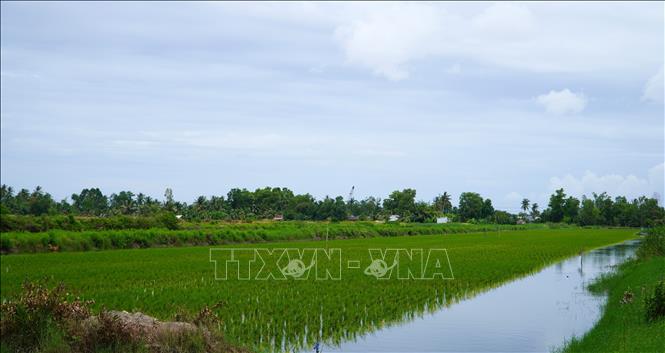
According to the agricultural sector's plan, the 2025-2026 winter-spring rice planting schedule from August 25 to October 20, farmers will use specialty and high-quality rice varieties such as: ST 24, ST 25, Dai Thom, RVT, Mot Bui Do... By October 10, 2025, farmers have planted and transplanted about 100,000 hectares. Farmers apply the model of intercropping aquaculture (tiger shrimp, whiteleg shrimp, giant freshwater prawn, sea crab) combined with single-crop rice production according to organic and biosafety rice production processes with the expectation of continuing to bring sustainable economic efficiency.
Profit of hundreds of millions of dong
Mr. Nguyen Thanh Dien, Dong Hoa commune, An Giang province said that his family had just finished planting rice seedlings on rice-shrimp land using the Red Mot Bui rice variety on an area of 1 hectare. The start of the rice crop was quite favorable, thanks to the abundant rain, so soil improvement and salinity washing did not cost much money and effort, ensuring good rice growth. In recent years, thanks to the application of the intercropping model of tiger prawns, whiteleg shrimp, giant freshwater prawns, and sea crabs combined with the production of one rice crop according to the organic rice production process, biosafety of Mr. Dien's family, the yield, yield and output were quite high and the output was more stable.
Mr. Dien also said that due to production following VietGAP process, farmers' rice in this area is often purchased by traders at a price about 200 VND/kg higher than the market price. At the same time, due to less use of fertilizers and pesticides, the cost is less than 20 million VND/ha, the profit is more than 30 million VND/ha, one and a half times higher than the previous traditional production method.
For intercropping aquaculture, Mr. Dien raises two crops of tiger prawns, whiteleg shrimp, giant freshwater prawns, and sea crabs each year, also applying biosafety farming processes according to the recommendations of the agricultural sector, such as feeding shrimp and sea crabs with rice, snails, bait fish, and adding a little extra food, at the same time using probiotics to improve the water environment and absolutely not using chemicals during the entire farming process.
“My family applies organic and biosafety processes in rice production and aquaculture, so the output is stable. Shrimp, crab, and rice all have higher prices than in traditional farming areas, thanks to which the annual profit is more than 100 million VND/ha, helping to stabilize life,” Mr. Dien shared.
In the winter-spring rice crop on rice-shrimp land this year, Mr. Vo Van No's family in Nga Bat hamlet, An Minh commune sowed 3.5 hectares of ST25 rice variety, applying organic rice growing techniques in the direction of biological safety, and signed a contract to guarantee output at the end of the crop. Mr. No said that his family has applied the model of intercropping whiteleg shrimp, giant freshwater prawn, giant freshwater prawn and rice cultivation since 2022. On average, each year, they harvest more than 2 tons of giant freshwater prawn, whiteleg shrimp, giant freshwater prawn and about 20 tons of rice, with a total income of more than 360 million VND/year and a profit of more than 220 million VND/year.
According to Mr. No, in the past 3 years, his family has participated in the Nga Bat Agricultural Service Cooperative; on average, each year they buy about 60 million VND worth of seeds, rice seeds, fertilizers, aquatic medicine, and food from the cooperative. Thanks to the good quality of the cooperative's input products, sold at original prices, about 12% cheaper than the market, it helps farmers reduce costs, increase profits, and achieve effective farming.
“The cooperative guides and provides technical support to farmers to understand and produce rice and aquaculture according to VietGAP standards, and proactively signs contracts with a number of companies and units supplying rice seeds, shrimp seeds, and agricultural materials according to standards, helping the production model to be relatively efficient, with stable output, not dependent on traders as before, helping farmers feel secure in their cultivation. My family hopes that this rice and shrimp crop will continue to yield good yields and have stable prices so that we can have complete joy at the end of the season,” said Mr. Vo Van No.
Developing production according to product value chain
According to the An Giang Provincial Agricultural Extension Center, the rice-shrimp model promotes the positive factors of shrimp and rice plants such as helping to improve the soil, eliminate pests and interrupt the life cycle of pests during the growth and development process. After a shrimp crop, the waste is transformed and absorbed by the rice plants, contributing to limiting the amount of fertilizer and pesticides in the early stages.
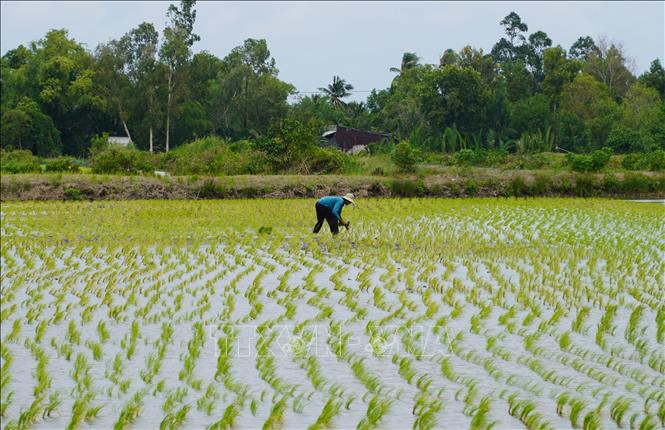
After a rice crop, straw and rice residue left on the field after harvest decompose, creating a living environment and a nutritious natural food source for shrimp in the next crop without farmers having to invest money in buying food for the shrimp like in the industrial shrimp farming model. Thanks to that, this model contributes to reducing production and investment costs, increasing productivity and profits for farmers.
Mr. Le Huu Toan, Director of the Department of Agriculture and Environment of An Giang, said that the province aims to stabilize the rice-shrimp production area of over 117,300 hectares by 2030. To achieve the above plan, the province will direct the conversion of ineffective rice growing areas or areas with insufficient irrigation water sources to the rice-shrimp model; continue to switch to developing the shrimp-rice model for rice growing areas affected by saltwater intrusion for 3 months or more, suitable for each ecological region.
Along with that, the province focuses on promoting the increase of aquaculture output per unit area through the application of scientific and technological advances, production linkage forms towards sustainable development, adaptation to climate change; directing the reorganization of production according to product value chains, from breeds, input materials, commercial farming to processing and consumption of shrimp and rice products; in which, purchasing, processing and consumption enterprises play a core role in linking and organizing the production chain.
The province has improved, consolidated, newly established and developed forms of production organization such as cooperatives and cooperatives associated with linking production enterprises along the value chain in key shrimp-rice production areas, aiming to improve competitiveness, trace product origin, protect the ecological environment and adapt to climate change.
Actively act as a bridge for farmers to link production through cooperatives, cooperatives, companies, and enterprises in providing agricultural inputs as well as consuming products when it is time to harvest, ensuring profits for farmers. Focus on building brands, product labels, geographical indications for shrimp farming and rice growing products typical of each region in the province for export to foreign markets, increasing product value and income for farmers.
Source: https://baotintuc.vn/kinh-te/nong-dan-thu-loi-hang-tram-trieu-dong-tu-mo-hinh-luatom-huu-co-xen-canh-20251012101354420.htm





![[Photo] Cat Ba - Green island paradise](/_next/image?url=https%3A%2F%2Fvphoto.vietnam.vn%2Fthumb%2F1200x675%2Fvietnam%2Fresource%2FIMAGE%2F2025%2F12%2F04%2F1764821844074_ndo_br_1-dcbthienduongxanh638-jpg.webp&w=3840&q=75)


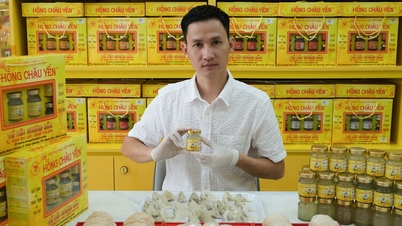

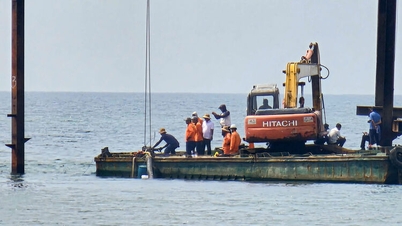
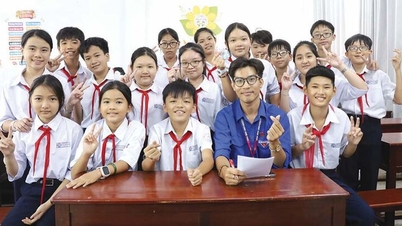
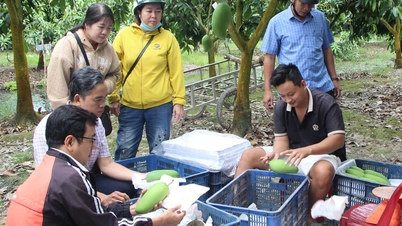
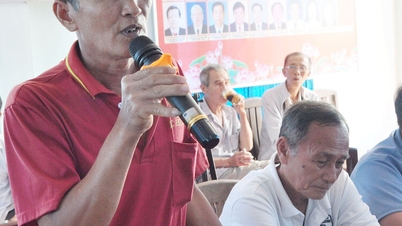
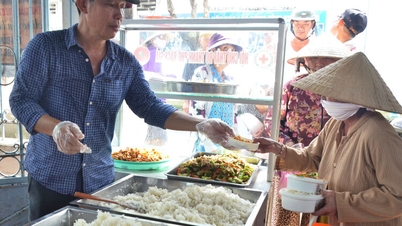
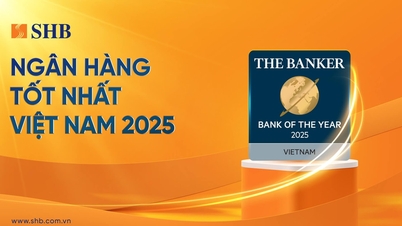

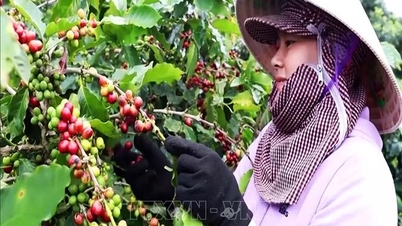
![[Infographic] Cross-calculated exchange rates to determine taxable value from December 4-10](https://vphoto.vietnam.vn/thumb/402x226/vietnam/resource/IMAGE/2025/12/04/1764832340841_infographic-ty-gia-tinh-cheo-de-xac-dinh-tri-gia-tinh-thue-tu-4-1012-20251204120447.jpeg)


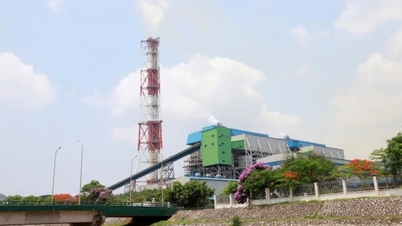

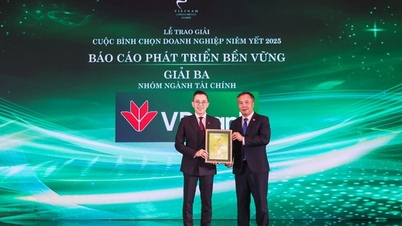





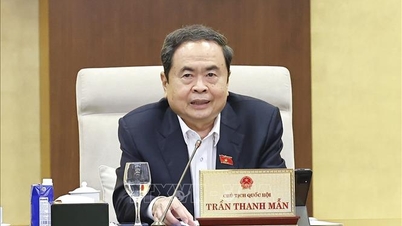

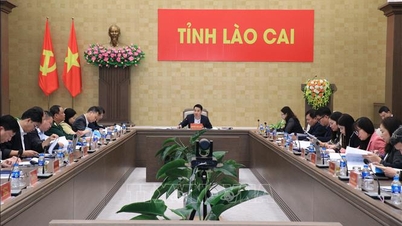

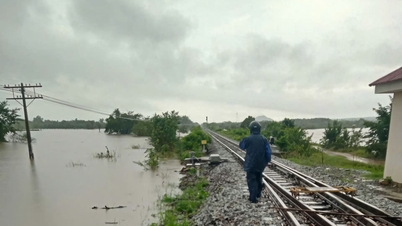
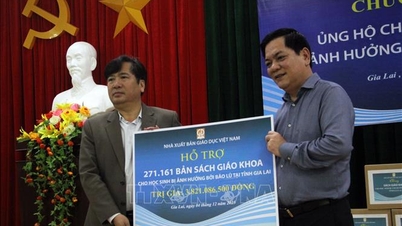

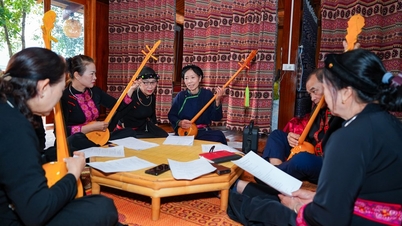



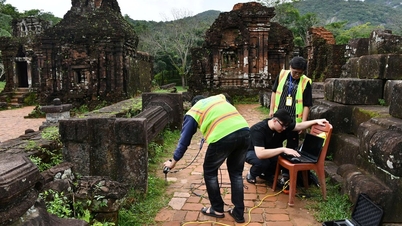
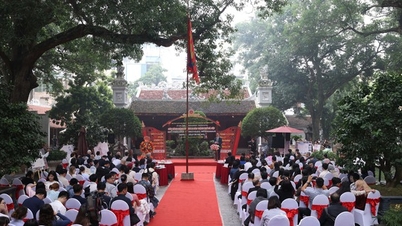





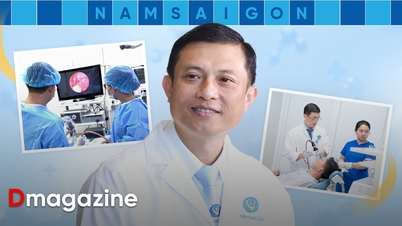

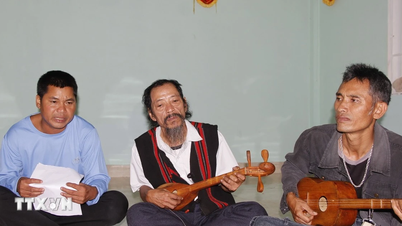

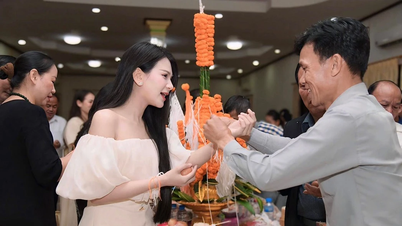

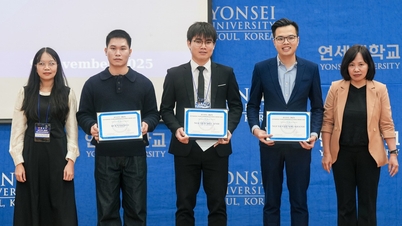

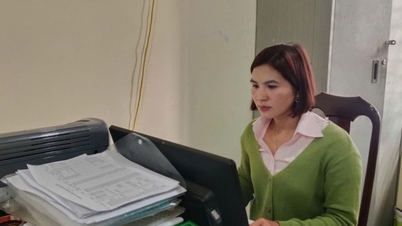

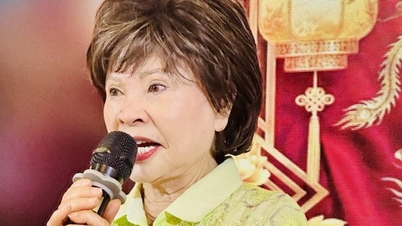

![[VIMC 40 days of lightning speed] Da Nang Port: Unity - Lightning speed - Breakthrough to the finish line](https://vphoto.vietnam.vn/thumb/402x226/vietnam/resource/IMAGE/2025/12/04/1764833540882_cdn_4-12-25.jpeg)

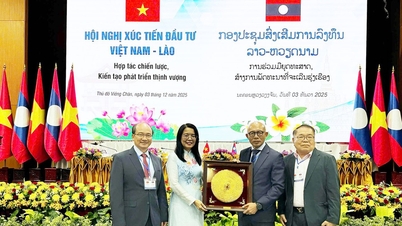
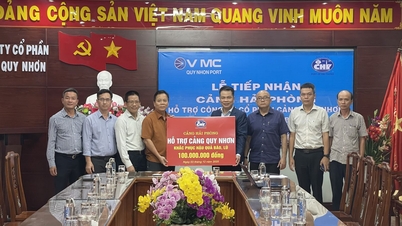
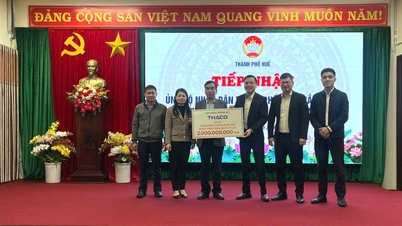

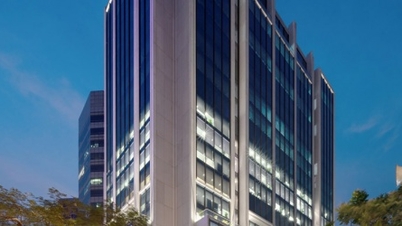







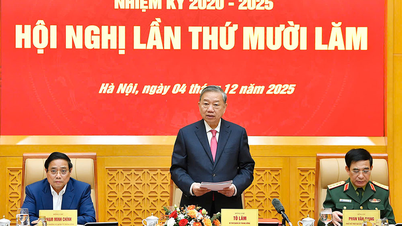

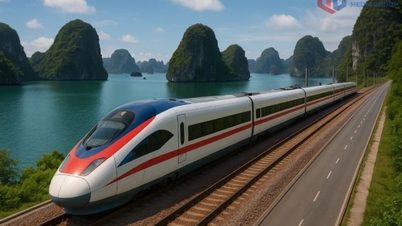

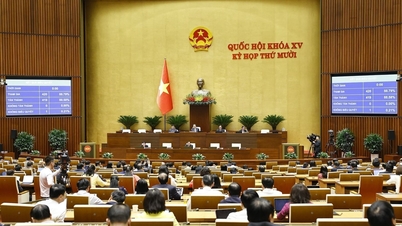
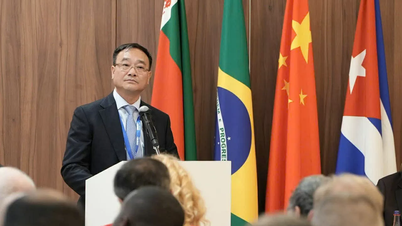

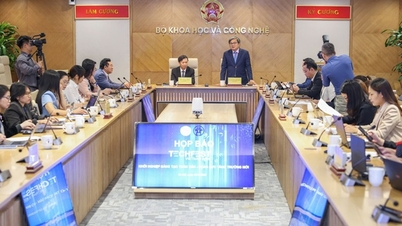

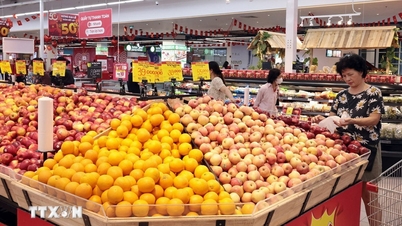
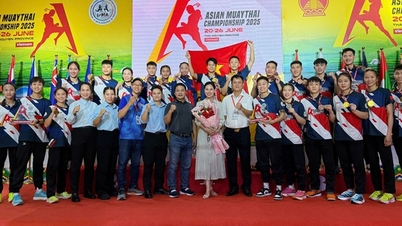
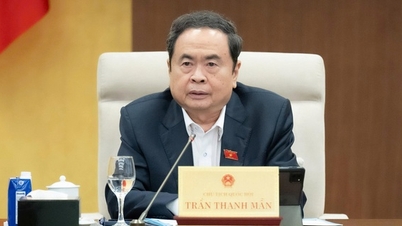
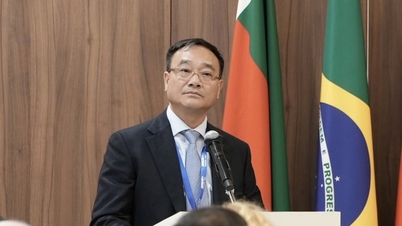
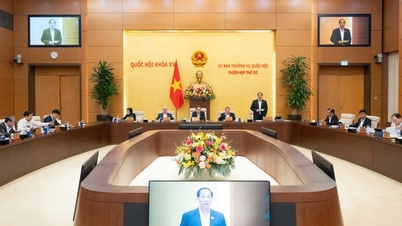
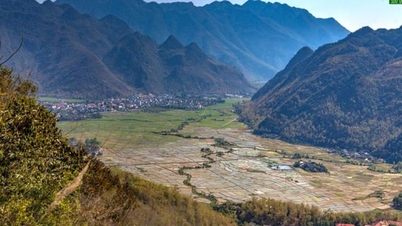
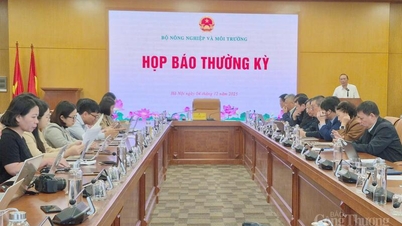

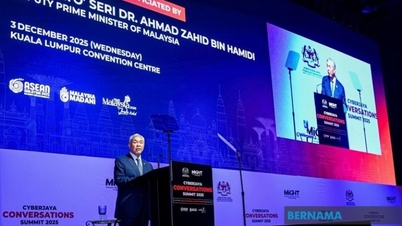



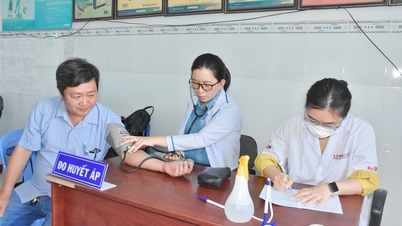

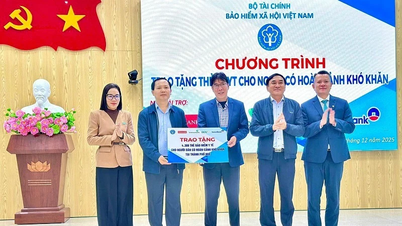

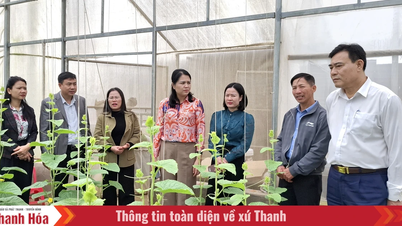

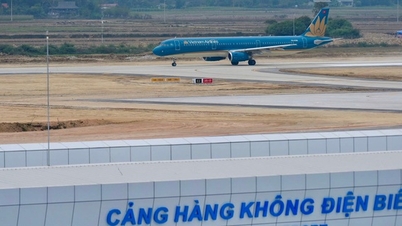










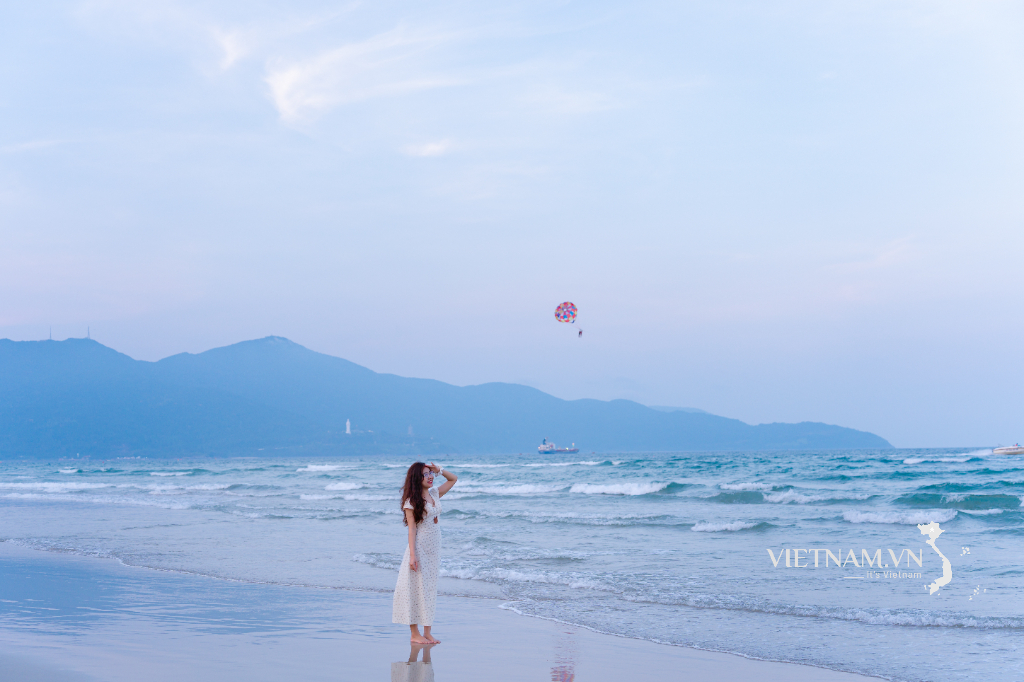
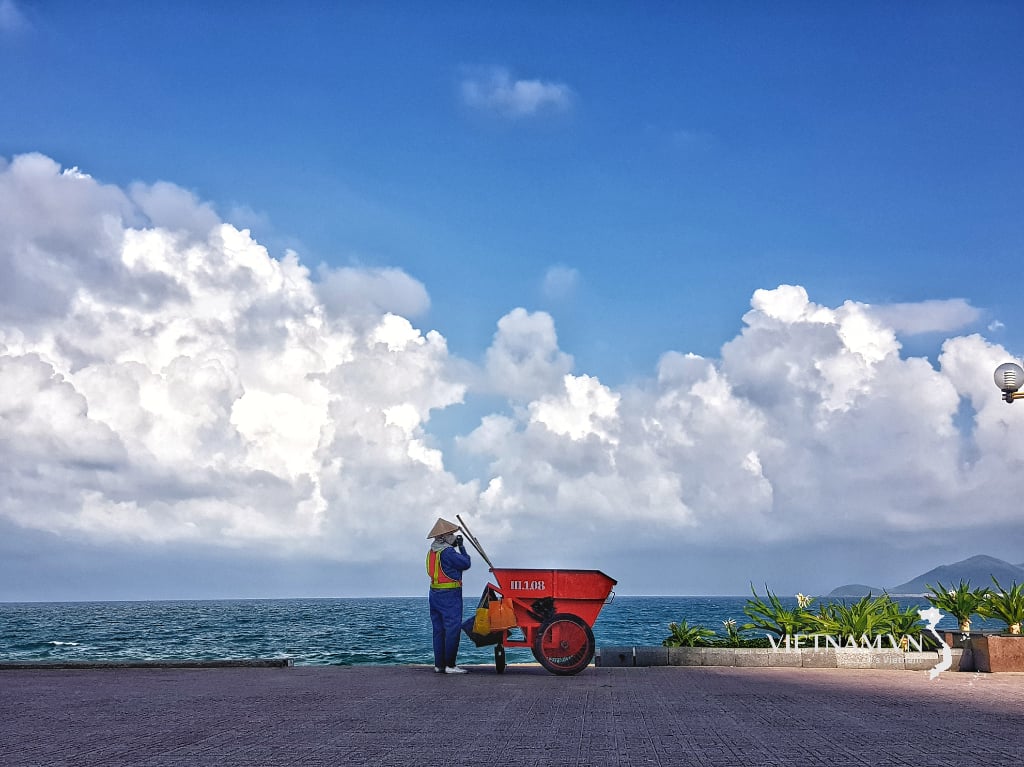

Comment (0)